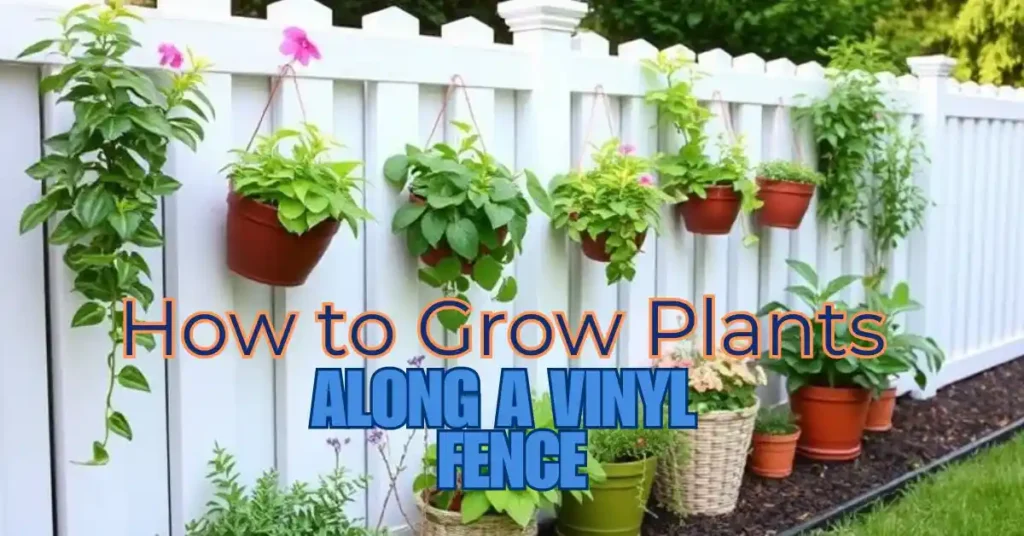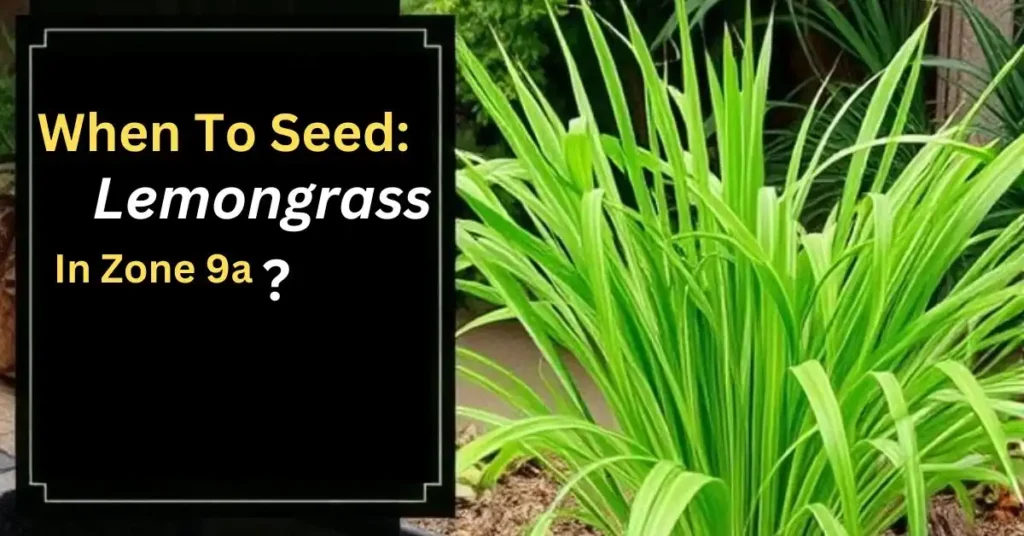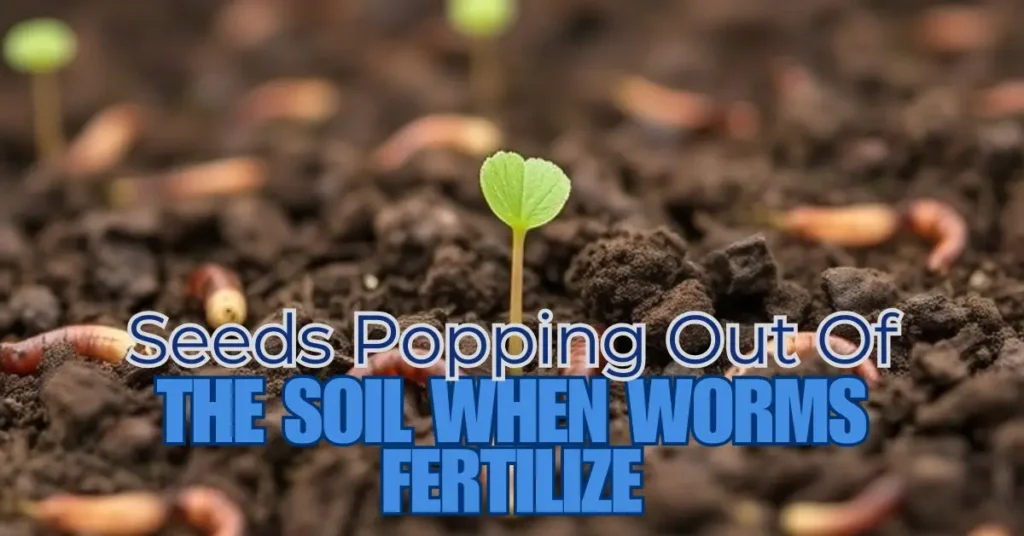Did you know that more than half of American homeowners prefer vinyl fencing for creating boundaries and privacy in their yards? It’s no surprise because vinyl is not only durable but also incredibly easy to maintain. However, did you also know that this fencing can do more than just mark the edges of your yard?
With the right plants, you can turn your vinyl fence into a stunning garden that adds both beauty and function to your outdoor area. Whether you’re looking to grow a lush garden or simply want to add foliage that complements the fence, the process is easier than it seems. A well-thought-out approach allows you to create a vibrant garden oasis.
When choosing plants for your fence, it’s important to think about the function of the plants. Some will add color and texture, while others may serve as a natural privacy screen. The best part is that many plants grow beautifully along a vinyl fence, thriving with proper care.
From flowering vines to shrubs, there are endless options to enhance the look of your fence-friendly garden. Don’t forget to consider how these plants will cover the fence and provide interest all year round. With a little effort and the right choices, your fence can go from a simple boundary marker to a gorgeous, functional garden.
Key Points
| Step/Factor | Key Points |
|---|---|
| Plant Selection | Choose plants based on size, spread, and climate suitability. |
| Soil Preparation | Test and amend soil for proper texture, drainage, and nutrients. |
| Spacing | Ensure adequate space between plants for growth. |
| Watering | Water deeply but infrequently to encourage deep roots. |
| Fertilizing | Follow fertilizer label instructions; avoid over-fertilizing. |
| Support Structures | Use trellises or supports for climbing plants. |
| Pruning & Maintenance | Regularly prune to maintain shape and check for pests. |
| Pest Control | Monitor for pests and use appropriate treatments. |
| Seasonal Care | Adjust watering and protect plants in winter. |
Embracing the Beauty of Vinyl Fence Gardens
Vinyl fencing offers a unique way to enhance your outdoor space. By adding plants along your fence, you can create a lush border that brings new life to your yard. Not only does this add depth and texture, but it also adds interest to an otherwise simple structure.
Growing vines on your vinyl fence can turn it from an ordinary boundary into a beautiful feature that enhances the overall appearance of your garden. With the right plants, your fence becomes more than just a divider—it becomes an essential part of your landscaping.
When considering landscaping with vinyl fences, it’s important to think about how the plants will interact with the fence. Some plants will climb and spread, offering a vibrant, green touch that contrasts beautifully with the sleek fence. This is a simple yet effective way to turn your fence gardens into a welcoming and beautiful feature that complements the rest of your outdoor space. By selecting the right vines and plants, you can easily transform your yard into a lush and inviting place.
Advantages of Growing Plants Along Vinyl Fences
Planting along your vinyl fence line offers many great benefits. It not only boosts privacy but also makes your home feel more inviting. A well-planted fence line turns your outdoor space into a welcoming and attractive area.
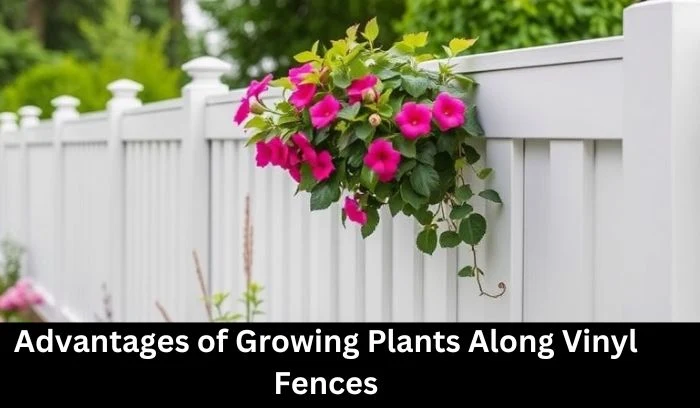
Combining the sturdy, durable nature of vinyl with carefully chosen plants creates a beautiful landscape that ties your yard together. This natural addition gives your yard a more cohesive and harmonious look, enhancing the overall appearance of your outdoor environment.
When you plant along your fence, it doesn’t just improve the look of your home; it transforms the entire yard. The greenery from the plants softens the edges of the fence, making it blend into the landscape. This small change can bring big rewards, from increased curb appeal to a more comfortable, private outdoor space.
Transforming Ordinary Fences into Living Art
Landscaping with vinyl fences can completely turn a plain structure into a living and vibrant part of your yard. By choosing the right plants, such as colorful vines or lush greenery, you can create a stunning display that adds both beauty and character to your outdoor area.
The perfect mix of vinyl and growing vines transforms your fence into something more than just a boundary; it becomes an eye-catching feature that enhances the whole yard. This simple upgrade gives your fence a piece of art look, blending nature with design in a way that makes it a true focal point.
As the plants grow, they add character, depth, and beauty, making the fence an evolving part of your landscape. Whether it’s a mix of greenery or bright, colorful vines, the transformation is a fun and creative way to give your outdoor space a fresh, natural feel. The result is a living work of art that stands out and makes your fence much more than just a practical element of your yard.
Selecting the Right Plants for Vinyl Fences
When choosing plants for your vinyl fence, think about creating a lush garden that complements the fence. Consider vines that cascade for an eye-catching effect or shrubs and perennials that are easy to care for. The right plants can transform a simple fence into a stunning piece of art. Keep easy maintenance in mind to ensure the garden stays beautiful without much effort.
For a balanced look, mix decorative plants like shrubs for fence and cascading vines. These can add structure and charm to your fence garden. Focus on practical choices that fit well with your landscape design and space planning to create a vibrant and attractive outdoor space that feels natural and cohesive.
Climate and Sunlight Exposure
When selecting plants for your vinyl fence, one of the most important factors to consider is the climate and sunlight exposure of the area. The location of your fence plays a huge role in deciding which plants will thrive.
Consider the temperature range, rainfall, and the amount of sunlight your fence receives throughout the day. These environmental factors determine the growing conditions and help you choose the suitable plants for the space. If your fence is in a sunny area with lots of sun exposure, plants that require full sunlight will be a good fit.
On the other hand, if your fence is shaded or gets less sunlight, you’ll need to pick plants that are better suited for those conditions. For example, some plants may not tolerate the harsh weather patterns in your region, while others are better suited for cooler temperatures or more seasonal changes. By understanding your area’s climate and the specific weather and sun exposure, you can make a more informed decision when it comes to plant selection.
Growth Habits and Size
When choosing plants for your vinyl fence, it’s important to think about their growth habits and size. Some plants might grow big or become too wild, which can cause them to overgrow your fence. It’s essential to choose plants that will fit well with your fence and space.
Make sure the plant size matches your fence size to avoid any future problems. Plants that grow too large or spread too quickly might disrupt the fence design and the overall look of your garden.
You’ll also want to keep in mind the growth expectations of your chosen plants. Some outdoor plants may need more space to spread out, while others will stay more compact. It’s best to pick suitable plants that match both your fence and your desired garden aesthetic. By carefully selecting plants that won’t become too wild or grow beyond their intended size, you can ensure that your vinyl fence remains an attractive and well-maintained feature in your garden.
Maintenance Requirements
When selecting plants, it’s important to focus on easy to care for options that suit your lifestyle. Look for plants that don’t require much attention—those that are disease-resistant and have low water needs. These plants are perfect for a garden that doesn’t need a lot of maintenance.
For instance, some plants may have minimal pruning or staking requirements, making them ideal for those who want a simple, hassle-free garden. Choosing low-maintenance plants ensures you spend less time on upkeep and more time enjoying your outdoor space.
Another key factor in plant care is selecting disease-resistant varieties that won’t need constant attention. These plants can withstand tough conditions, including low water environments, without becoming sick.
By focusing on easy maintenance and plant selection, you can create a thriving garden that fits your needs without demanding too much time. Whether you need plants that don’t need much pruning or those with minimal care requirements, selecting the right ones will make all the difference in maintaining a healthy and beautiful garden.
See Also: When to Seed Lemongrass in Zone 9a? A Complete Guide
Preparing the Soil for Fence Line Planting
Getting the soil correct is essential when beginning your vinyl fence garden. Soil preparation ensures that the plants will grow strong and healthy along the fence line. Before you begin planting, make sure the soil is ready for your fence line planting.
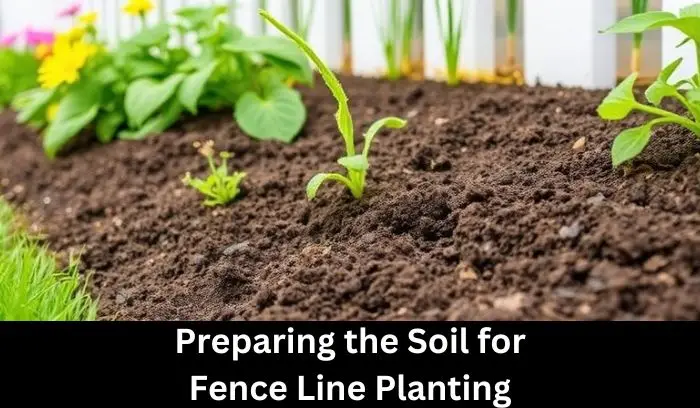
This involves assessing the soil’s condition to ensure it has the proper texture, drainage, and nutrients. If the soil isn’t prepared properly, it can affect your plants’ growth, making it harder for them to thrive.
For successful gardening along fences, focus on soil readiness by removing weeds, loosening the soil, and adding any necessary organic matter. Once you have your soil properly prepped, you can confidently move forward with your landscaping projects and fence planting. Whether you are planting shrubs or flowers, soil preparation is the key to a thriving garden that complements your vinyl fence beautifully.
Amending the Soil for Optimal Growth
To give your plants the best start, it’s essential to improve the soil along your fence. Start by testing the soil for its pH level and nutrient content. This will assist you in determining your soil’s particular requirements.
Once you have the results, you can add the right organic matter like compost or well-rotted manure. These materials will enhance soil structure and increase fertility, creating a better environment for your plants to grow strong roots and flourish in their new home.
Amending the soil is the first step in ensuring healthy plant growth and soil health. By improving the soil structure and adding necessary organic material, you give your plants the nourishment they need. With the right balance of soil enhancement and proper fertilization, your plants will have everything they need to thrive. This makes for a thriving garden, with strong roots and a robust foundation for long-term growth.
Considering Drainage and Irrigation Needs
When planning your fence line planting, it’s essential to ensure that the soil drains well to prevent issues like waterlogging and root rot. To help with this, you may need to install a drainage system or raise the beds to encourage proper water flow. It’s also important to think about the watering needs of the plants along your fence.
Depending on the size and type of plants, you may need a dedicated watering system or hand-watering may suffice. Be sure to consider the microclimates created by your vinyl fence landscaping, as they can affect the water needs of your plants.
By addressing these irrigation issues and preparing the soil properly, you can turn a simple garden into a lush, thriving living art piece that transforms your ordinary vinyl fence into something beautiful. With careful planning, your gardening project along the fences can flourish, creating an inviting and sustainable environment for your plants.
How to Grow Plants Along a Vinyl Fence
If you’re dreaming of turning your vinyl fence into a lush garden, you’re on the right path. Growing plants along a fence requires careful planning and care. The outcome can be a beautiful, thriving garden that turns your vinyl fence into a unique masterpiece. First, you’ll want to pick the right plants that fit well with your fence line’s conditions. Make sure they suit the specific needs of your space, such as the sun, soil, and available space. This is crucial for a successful gardening along fences project.
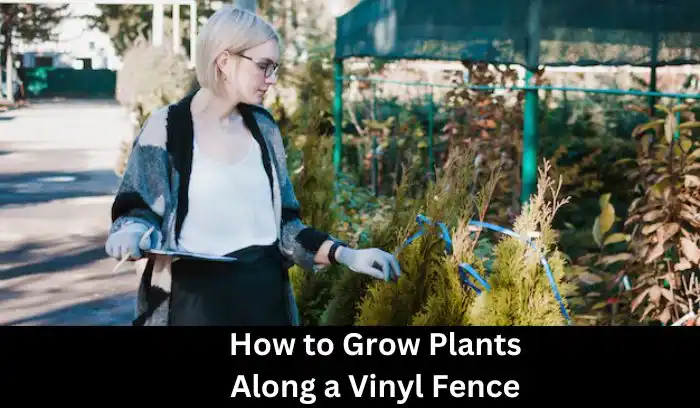
When selecting plants for vinyl fence landscaping, consider their growth habits and how well they will adapt to your fence line’s conditions. Not all plants are suited to the same type of environment, so it’s important to choose ones that will thrive in the particular conditions of your garden.
A good guide to follow is selecting plants that will not only look great but also grow strong and healthy. Remember, the success of your plant selection depends on how well the plants fit into the overall plan of your garden.
1. Prepare the soil
For a flourishing garden along your vinyl fence, begin by preparing the soil for planting. Prepare the soil by adding essential amendments such as compost and fertilizer. This will improve the soil quality and provide the nutrients your plants need. If necessary, you can also change the pH level to suit the growth requirements of the plants you’ve selected. Healthy soil is crucial for optimal growth, so take the time to enhance the soil before planting.
Once your soil is properly prepared, it will support strong plant growth. The right conditions, such as improved soil quality and adequate nutrients, create a healthy environment for your plants to flourish. By focusing on the soil preparation and making any necessary soil improvements, you’ll set up the perfect foundation for your fence line planting project. Remember, a well-prepared soil leads to a lush, vibrant garden along your vinyl fence.
2. Install a trellis or support system
When planting along a vinyl fence, many plants require a little extra help to thrive. A trellis or support system can provide the necessary structure for plants to climb and grow vertically along the fence.
Whether you choose a simple plant trellis or a more elaborate support system, these structures encourage vertical growth, allowing plants to expand upwards and utilize the space efficiently. This method not only saves space but also adds a stunning dimension to your garden design.
If you’re aiming for plants that require support for climbing plants, installing a trellis will be essential. These supports will ensure the plants have the proper support they need to grow strong and healthy along the fence line. This is especially true for vines or other climbing varieties that may struggle to stay upright without assistance. Choosing the right support system will help your plants flourish and make the entire fence planting look lush and vibrant.
3. Plant your selections
When you’re ready to plant, start by carefully placing your chosen plants along the vinyl fence. Ensure you leave enough spacing between each one based on their size when fully grown. This will help each plant get the room it needs to thrive.
Whether you are growing climbing plants or shrubs, proper spacing allows the roots to spread and the plants to grow strong. It’s important to follow the planting guidelines specific to each selection to achieve the best results for your garden.
As you plant, remember to consider the future growth of each plant and how they will fit along the fence line. Pay attention to the plant’s mature size and plan accordingly. By providing proper spacing and attention, your plants will thrive, transforming your vinyl fence into a vibrant and flourishing garden.
4. Water and maintain
After planting, keep your plants healthy by ensuring they are well watered and properly maintained. Regular pruning helps remove dead or damaged parts, allowing the plant to grow stronger.
It’s also important to stay on top of weeding to prevent competition for nutrients and water. If you notice any pest or disease problems, address them quickly to avoid harming the plants. Fix issues early to ensure your plants stay vibrant and continue to thrive.
Watering is essential, but over-watering can be just as harmful as under-watering. It’s important to observe your plants and adjust your care routine as necessary. Regular maintenance will keep your garden in top shape and help your plants flourish in the long run.
Gardening Along Fences: Vine Selections
When you’re looking to add some vibrant beauty to your vinyl fence, choosing the right vines is key. These climbing plants bring both vertical interest and a lush, eye-catching look to your garden.
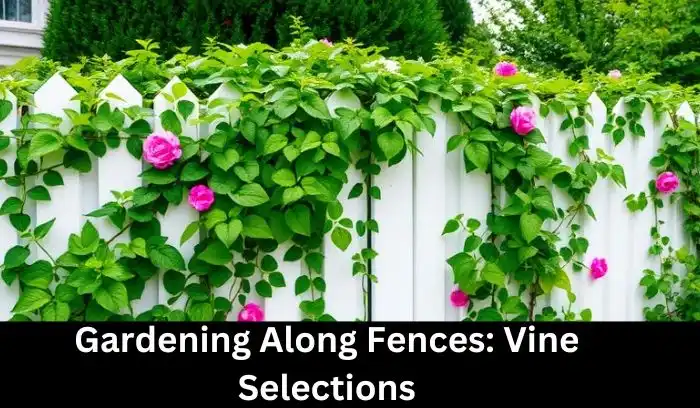
There are many options available, so it’s important to select the best plants that will thrive along the fence line. Consider vines that grow well in your climate and provide greenery year-round. These plants not only add coverage and structure to your fence but also create a more attractive and aesthetic appearance.
As the vines grow, they will beautify the entire space, giving you a natural green backdrop that enhances the overall look. Whether you’re after climbing plants for full coverage or want to focus on growth that is more decorative, vines can provide a beautiful solution. Their ability to work along the fence adds a unique layer of greenery that elevates the garden’s visual appeal, creating a more lush and welcoming outdoor space.
Vibrant Vines for Vertical Interest
When adding vibrant vines to your vinyl fence, you’re choosing to enhance your outdoor space with natural beauty. One great option is the climbing hydrangea, known for its white blooms that cascade gracefully, giving your fence a soft, elegant look. For a bold splash of color, the trumpet vine is perfect, with its striking orange or red flowers that add a lot of vertical interest.
If you’re looking for something that provides both lush greenery and beautiful fall colors, the Virginia creeper with its green leaves turning purple or red is a fantastic choice. The clematis offers a variety of colors, ranging from soft pastels to more bold shades, making it another beautiful addition to any fence.
Other options like morning glory are great for a rapid growth and self-seeding display. Its trumpet-shaped flowers come in vibrant, eye-catching colors, providing an energetic pop to your fence line. Remember that these vines also have different growth habits—some are self-clinging and others may need support to climb.
It’s important to consider the care needs and how each vine will cover your fence. Whether you want beautiful, delicate flowers or an aggressive growth habit, these vines offer a variety of choices to suit any garden design.
See Also: Why Are Seeds Popping Out of the Soil When Worms Fertilize?
Fence Landscaping Ideas: Shrubs and Perennials
Creating a beautiful fence garden is easy with the right combination of shrubs and perennials. These plants bring depth, texture, and year-round interest to your vinyl fence. For a stunning effect, use vines for vertical drama along the fence line, while shrubs like azaleas or boxwoods provide an evergreen backdrop, giving your garden a green look throughout the year. To add a pop of seasonal color, consider hydrangeas or viburnums.
Perennials such as daylilies, coneflowers, and Russian sage are excellent choices for adding colorful beauty that changes with the seasons. When choosing plants, think about their sun needs, size, and upkeep to create a cohesive, lush garden. These plants will not only highlight your fence, but also showcase your gardening skills and make your yard more interesting and full of life.
Vinyl Fence Plant Selection: Factors to Consider
Think about the height, spread, and maintenance requirements of the plants you choose for your vinyl fence. Select plants that stay healthy and look great without overcrowding the space. Additionally, make sure the plants can flourish in the circumstances of your environment.
Make sure the plants complement your fence and contribute to a beautiful and low-maintenance garden. The right plants will create a vibrant and appealing fence line all year long.
Plant Height and Spread
When selecting plants for your vinyl fence, consider how their size and spread will impact the overall appearance of your fence garden. You want the plants to match the size of your fence, ensuring the garden doesn’t look too big or too small.
Taller plants are great for adding a lush and green look to your garden, making the space feel fuller and more vibrant. These plants can be perfect if you want to create a sense of height and dimension along your fence.
On the other hand, smaller plants that hug the ground can be an excellent choice for creating a more compact and neat look. It’s important to know the spread of your plants and how big they will get. This helps you fit them into your space properly so they don’t overcrowd or get lost. With the right plants, your garden will look balanced and well-proportioned, creating a beautiful and functional space around your vinyl fences.
Maintenance Requirements
When choosing plants for your vinyl fences, it’s important to consider how much care they require. Some plants may need regular pruning to stay looking pretty and healthy, while others are easier to maintain. Selecting the right plants that don’t demand a lot of effort makes gardening more enjoyable. Plants that are easy to maintain will help keep your outdoor area looking beautiful without too much work.
For a low-maintenance garden that still looks great, choose plants that thrive with minimal attention. This way, you can enjoy the beauty of your fence garden without spending too much time on upkeep. Maintenance needs vary, but with the right choices, you can create a stunning garden that’s both easy to care for and full of life.
Choosing the Right Plants for Your Vinyl Fence
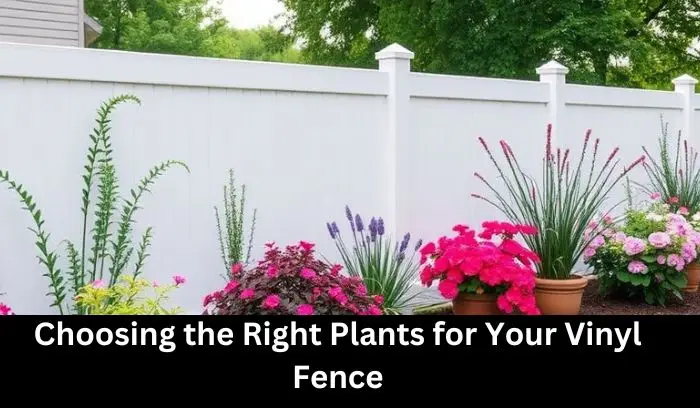
1. Climbing Plants
Climbing plants are a great way to add greenery and flowers to your garden, especially when you want to cover a fence or wall. One popular choice is clematis, known for its stunning flowers in various colors.
It grows well in partial shade and can create a vibrant, beautiful backdrop. Another excellent option is honeysuckle, with its sweet-smelling blooms that attract hummingbirds. It’s a wonderful plant to make your space feel lively and inviting.
For a quick solution, ivy is a fast-growing plant that can quickly cover your fence, but it’s invasive, so regular pruning is necessary to control its spread. Although ivy can be a bit aggressive, it’s a popular choice because of how quickly it can transform an area. When choosing climbing plants, it’s important to consider the balance between growth and the maintenance required to keep them in check.
2. Shrubs
Shrubs are a great way to add both height and structure to your garden, helping to blend your fence into the overall landscape. They create a more integrated and natural look, which can transform an ordinary fence into a stunning feature.
For example, boxwood, an evergreen shrub, is perfect for creating defined shapes and adding a formal touch to your garden. It’s easy to maintain and can be shaped to fit any design.
On the other hand, hydrangea is ideal for bringing a burst of color to your fence line with its large, colorful blooms. These flowers offer a beautiful splash of color and brighten up any space.
If you’re looking for something more versatile and practical, consider adding rosemary. This fragrant, drought-tolerant shrub is not only great for cooking but also adds a pleasant aroma to your garden while being low-maintenance. These shrubs offer a perfect balance of beauty and functionality for any garden.
3. Flowering Plants
When you think about adding life to your garden, flowering plants are the perfect choice. Not only do they bring color and charm, but they also create a vibrant atmosphere. A classic option is lavender, which has a beautiful fragrance that attracts bees while also filling the air with a lovely scent.
If you’re looking for something that blooms all season, consider daylilies. These low-maintenance flowers are easy to grow, bloom throughout the summer, and come in many different colors, making them an ideal addition to any garden.
Another great option for your yard is marigolds, which are bright and easy to grow. They are not just pretty; they also help deter pests, keeping your garden healthy and pest-free. These plants are perfect for adding a pop of color while being functional, as they attract beneficial insects and keep unwanted ones away. Whether you’re looking to deter pests or simply brighten up your garden, flowering plants like these will create a stunning, vibrant landscape.
Caring for Your Vinyl Fence Garden
When it comes to maintaining a thriving garden along your vinyl fences, the right care and attention can make all the difference. Whether you have vibrant vines, lush shrubs, or a mix of perennials, keeping your plants healthy and happy is essential for creating a beautiful outdoor space.
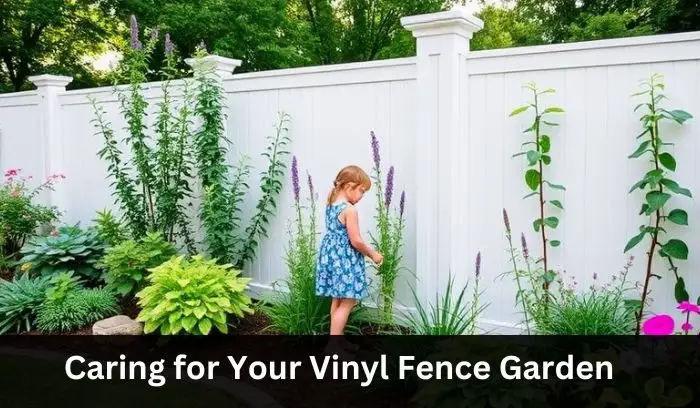
Regular, ongoing care will ensure that your landscaping stays in top shape, with each plant growing to its full potential. By tending to your garden, you help it flourish, filling your yard with color and life.
A vinyl fence can be a great addition to your outdoor space, not just for privacy, but also as a backdrop for your garden’s beauty. With the right mix of shrubs and vines climbing along the fence, you can transform even a simple garden into a stunning landscape. The key is ensuring that your plants are well-fed, watered, and pruned to keep them growing strong.
Make sure the area around the fence is cleared and ready to allow your plants to spread out and show off their best features. Whether it’s the elegance of lush greenery or the burst of color from seasonal flowers, your garden will shine with the right attention to detail.
Watering, Pruning, and Pest Control Tips
Watering Your Garden
When caring for your vinyl fence garden, one of the most important tasks is establishing a regular watering schedule. It’s essential to adjust the watering based on the weather and the specific needs of your plants.
For instance, during hot, dry spells, your garden may require more water, while cooler weather may demand less. Be mindful not to overwater your plants, as this can lead to issues like root rot and other problems that can harm the health of your garden. Finding the right balance is key to ensuring your garden stays lush and vibrant.
As you adjust the amount of water, always check if the plants are responding well. When you notice the soil is too wet or not draining properly, it could signal that you’ve been giving them too much water. Remember, watering isn’t just about quantity; it’s also about timing and consistency to support the ongoing growth of your plants, allowing them to thrive without unnecessary stress.
Pruning
Pruning is an essential part of caring for your vinyl fence garden. By regularly pruning your plants, you can help them maintain their shape and promote healthy growth. It’s important to respect the natural growth of each plant while cutting away any unwanted branches or leaves.
This helps prevent damage to both your plants and the fence itself. Always use sharp, clean tools to ensure a clean cut, which reduces the risk of infections or disease. Pruning encourages better airflow and sunlight penetration, contributing to the overall health of your garden.
Pest Control
When taking care of your vinyl fence garden, one of the key aspects is managing pests and diseases. It’s essential to deal with any problems quickly to ensure your plants stay healthy. Using eco-friendly methods is a great way to keep your garden pest-free while protecting the environment.
Simple solutions like natural repellents or introducing beneficial insects can help you maintain a healthy garden without harsh chemicals. By staying vigilant and addressing issues as they arise, you can ensure your plants thrive, free from pests and diseases.
Seasonal Care
When caring for your vinyl fence garden, it’s essential to adjust your gardening routine based on the climate and season. The USDA hardiness zones help you understand what to expect from your local environment. Depending on your zone, the growing season may be short or long, and you’ll need to plan accordingly.
Temperature changes, especially during winter, can impact plant growth, so it’s crucial to make adjustments to protect your plants. Discover the specific needs of your zone and explore ways to optimize your garden care.
If you’re unsure of your zone, it’s worth taking the time to adjust your care routines. By knowing your climate conditions, you can tailor your gardening techniques to ensure plants thrive. For example, minimal winter temperatures may require additional protection for certain plants, while in warmer zones, a different approach might be needed. Understanding these factors is key to maintaining a healthy garden all year round.
Fertilizing
To keep your plants thriving, it’s important to feed them with a balanced fertilizer. Applying fertilizer in spring and mid-summer helps promote healthy growth throughout the growing season. A good fertilizing schedule can give your plants the nutrients they need to grow strong and vibrant.
However, be cautious not to over-fertilize your plants, as this can harm them rather than help. Be sure to adhere to the guidelines on the fertilizer label and refrain from overusing it. By giving your plants the right amount of care and nutrients, they will flourish and grow beautifully in your garden.
Protect Plants from Winter
To keep your plants healthy during the harsh winter months, it’s essential to protect them from the frost and extreme winter conditions. Many plants cannot tolerate freezing temperatures, so covering them with materials like burlap or row covers can provide a shield against the cold.
These coverings not only keep the plants warm but also protect them from wind damage. A little extra effort in the fall can go a long way in ensuring your garden survives through winter and flourishes again in the spring.
As temperatures drop, make sure to carefully cover your plants before the first frost. The burlap acts as an insulating layer, allowing your plants to breathe while keeping them sheltered from the cold.
You can also use row covers to provide more comprehensive protection for larger sections of your garden. These simple yet effective solutions will help you shield your plants from the chill and ensure they come through winter in good shape.
Attract Wildlife and Optimize Space
Whether it’s attracting wildlife like birds, butterflies, and bees, or providing shields and food for different species, growing plants along vinyl fences optimizes space in small gardens, turning vertical areas into thriving, vibrant havens.
Protecting Your Vinyl Fence
When growing plants near your vinyl fence, it’s essential to take steps to protect the fence from potential damage. Some invasive plants, like ivy, can spread quickly and cause harm if left unchecked. To prevent this, it’s important to trim any overgrown vines or shrubs that get too close to the fence. Regular maintenance will ensure that your fence stays safe and intact.
Additionally, you should clean the fence regularly to avoid the buildup of mold and mildew. A quick and easy method to keep it looking nice is to use water and a light detergent.
Also, be cautious about soil and mulch piling up against the fence, as this can cause moisture buildup, which might lead to long-term damage. Ensuring that these factors are managed will help maintain your fence in good condition for years to come.
FAQS
For vinyl fences, perennial vines like coral honeysuckle and clematis are great choices. These fast-growing, climbing vines grow readily and cover fences with ease. Both are low-maintenance and perfect for adding color to your garden. Coral honeysuckle and clematis are especially good for vinyl fences since they won’t cause damage, and they thrive year-round with minimal care.
When planting around a fence, make sure to leave enough space for shrubs and trees to grow. Avoid planting directly against the fence, and give them room equal to half their circumference. For example, a plant with a 6′ spread needs about 2.5-3′ of unbroken space on all sides.
This ensures healthy growth and prevents overcrowding, helping your plants and fence both thrive.
Avoid placing dirt or gravel directly against your vinyl fence. Some homeowners use pebbles or stones to keep children and pets away, but it can lead to damage over time. Keeping space between the fence and dirt is key to preserving its condition.
Yes, climbing vines like coral honeysuckle and clematis are perfect for growing on vinyl fences. These perennial plants readily climb, offering an easy way to enhance your privacy and spaces. Vinyl is an ideal material, as it supports these plants well, making it a great choice for homeowners looking for durable privacy solutions.
Farmers should erect fences around their crop fields to protect crops from animals and prevent damage. In many countries, fences help keep animals out and also avoid entry by people, ensuring the crops remain safe.
Having a fence can make all the difference in protecting the crops from harm and ensuring a good harvest.
Final Thoughts-How to Grow Plants Along Vinyl Fence
Growing plants along a vinyl fence can completely transform your outdoor space. To ensure that your plants thrive and flourish, it’s important to choose the right plants for your specific conditions. Many plants do well along a fence as long as they receive the proper care and attention. By following the right guidelines, you can create a stunning, lush privacy screen that not only looks beautiful but also adds natural protection to your yard.
Maintaining your plants is key to keeping them healthy and vibrant. Regular care, such as watering and pruning, will help your plants continue to thrive. If you follow these steps and take the time to look after your plants properly, you will have a beautiful garden that enhances your vinyl fence and adds value to your landscape. With a little attention and the right plant choices, you’ll no longer need to wonder how to grow plants along a vinyl fence—the process becomes easy and rewarding.

